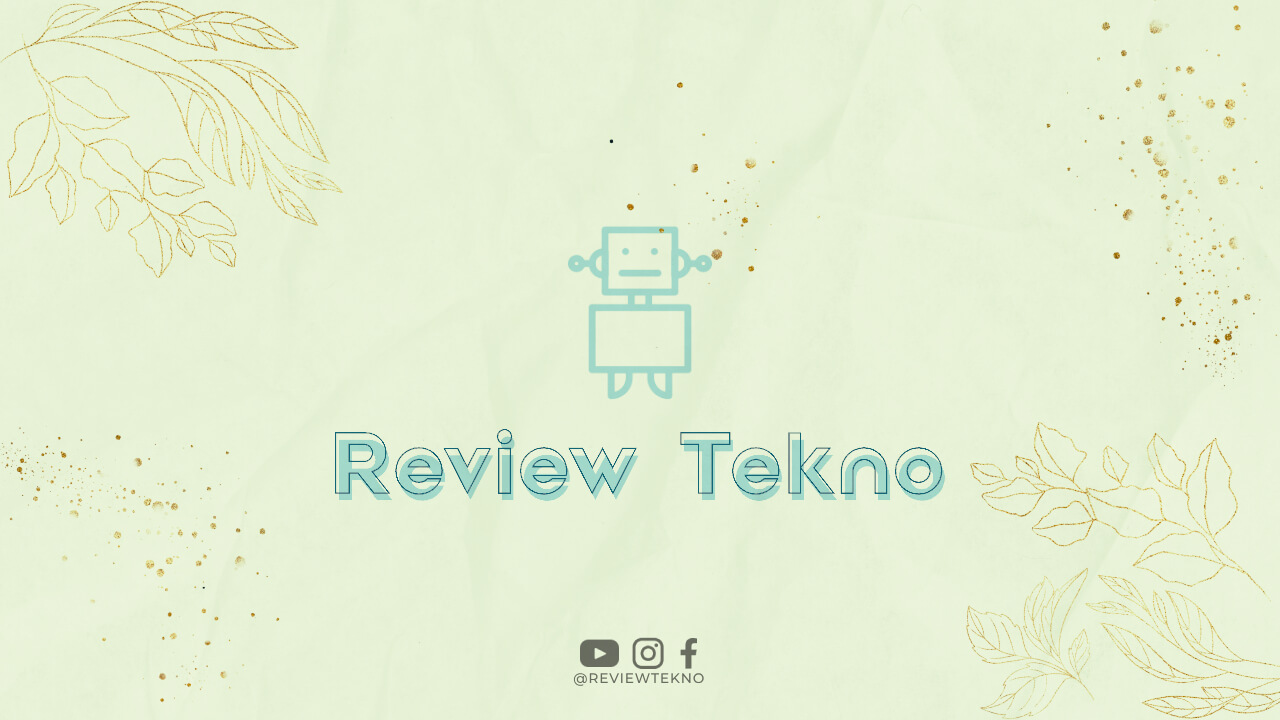In today’s digital age, banking has been revolutionized by technology. Gone are the days when people had to physically visit a bank to carry out transactions. With digital banking, people can now access their bank accounts and perform transactions from the comfort of their homes or offices through the internet.
What is Digital Banking?
Digital banking is the use of electronic channels, such as the internet, mobile phones, and other digital devices, to access banking services and perform transactions. It is also known as online banking or internet banking. Digital banking allows customers to access their bank accounts and perform transactions at any time and from anywhere in the world.
Types of Digital Banking
There are several types of digital banking channels, including:
- Internet banking
- Mobile banking
- Phone banking
- ATM banking
- SMS banking
Internet Banking
Internet banking, also known as online banking, is the use of the internet to access banking services. Customers can use their computers or mobile devices to access their bank accounts, view account balances, transfer funds, pay bills, and perform other banking transactions.
Mobile Banking
Mobile banking is the use of mobile devices, such as smartphones and tablets, to access banking services. Customers can download banking apps, which allow them to access their bank accounts, view account balances, transfer funds, pay bills, and perform other banking transactions.
Phone Banking
Phone banking is the use of a telephone to access banking services. Customers can call their bank’s phone banking service and perform transactions by following automated prompts or speaking to a customer service representative.
ATM Banking
ATM banking is the use of automated teller machines to access banking services. Customers can use their debit or credit cards to withdraw cash, deposit cash or checks, transfer funds, and perform other transactions at ATMs.
SMS Banking
SMS banking is the use of text messages to access banking services. Customers can send text messages to their bank’s SMS banking service and receive information about their account balances, recent transactions, and other banking services.
Benefits of Digital Banking
Digital banking offers numerous benefits to customers, including:
- Convenience: Customers can access banking services from anywhere and at any time
- Time-saving: Customers can perform transactions quickly and easily without having to visit a physical bank
- Cost-effective: Digital banking is usually cheaper than traditional banking methods
- Secure: Digital banking uses advanced security measures to protect customer information and transactions
Challenges of Digital Banking
Despite the numerous benefits of digital banking, there are also some challenges that customers may face, such as:
- Technical issues: Customers may experience technical problems when using digital banking services
- Security concerns: There is a risk of fraud and identity theft, especially if customers do not take adequate security measures
- Limited access: Not all customers have access to digital banking services, especially in developing countries
Conclusion
Digital banking has revolutionized the way people access and use banking services. With the convenience, cost-effectiveness, and security that digital banking offers, it is no surprise that more and more people are embracing it. However, customers need to be aware of the challenges and take adequate security measures to protect their information and transactions.

